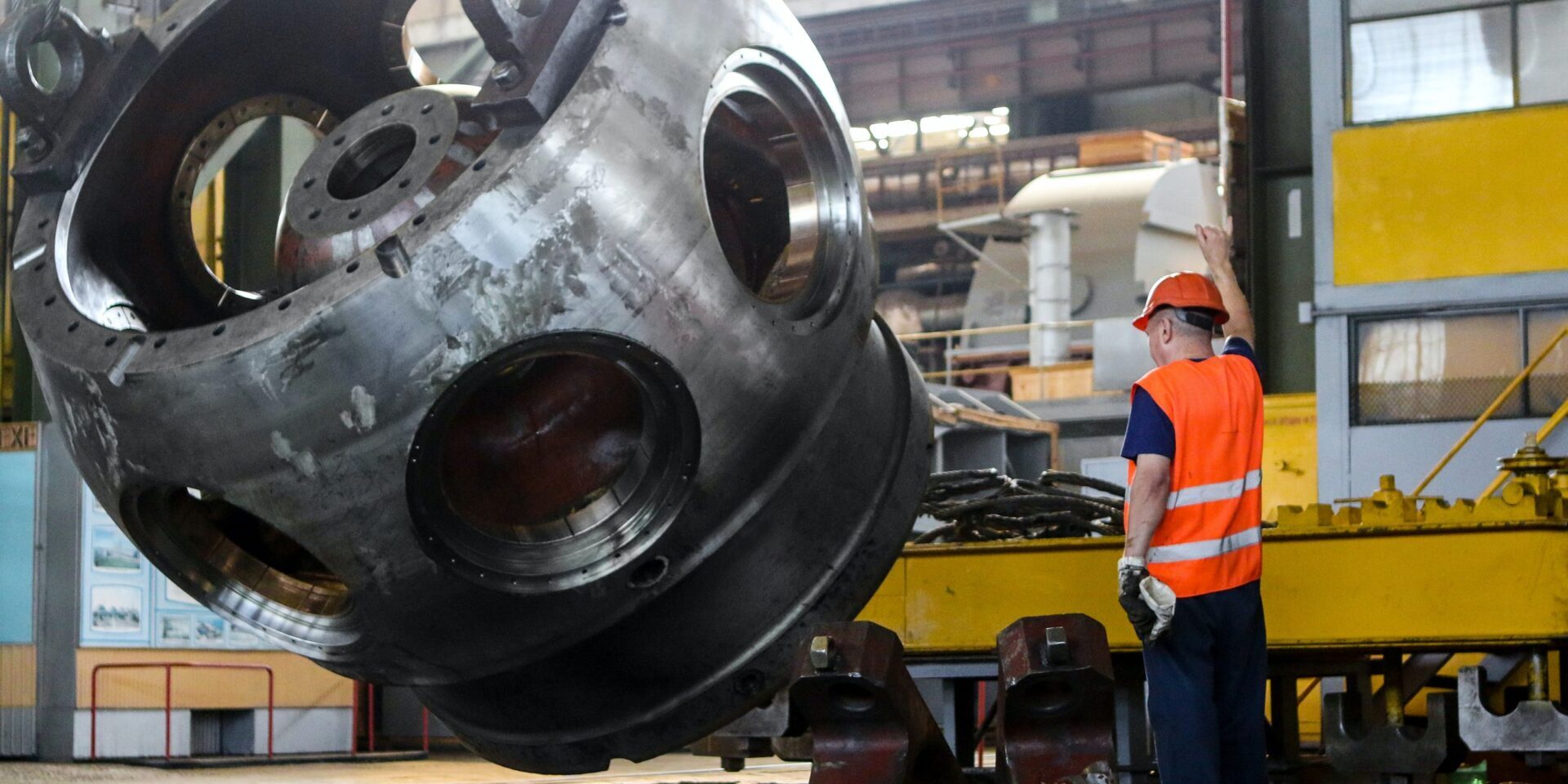An important component of Industry 4.0, connectivity in manufacturing has had increased exposure and demand in the post-COVID era due to its ability to provide contextual awareness to the workers so that they are able to stay socially distanced. To be able to stay resilient in these challenging times, many companies adopted solutions to connect people with their surroundings and equipment they use with the help of IoT sensors that transform analog inputs into digital signals to create a “virtual twin” of physical reality. Connectivity systems allow the collection of real time data, meanwhile connective workers become integrated into their environment with these technologies. The result is a contextually aware workforce that is empowered, more productive and most importantly safer.
Connected Workers in Manufacturing
While most industries can benefit from connectivity for workers, it’s especially important in manufacturing. Manufacturing industry is known for high-complexity and high-risk work environments for the shop floor employees. Ensuring the safety of the employees is not just a human resources issue, not having effective tools and procedures in place can mean monetary losses due to decrease in productivity. Connectivity via wearable devices can have many benefits to ensure the workplace is as safe as possible for the employees.
Data collected in real time can increase the visibility of the frontline work without physically monitoring the floor. Through one dashboard, the relevant departments can visualize their movement through the work stations and zones to determine errors that might create unsafe situations. In the case of COVID-19, proximity between each individual can be automatically measured to prevent social distancing violations and warn users in real time to empower them to keep themselves safe. Connectivity can also be used in emergency situations to decrease response time and minimize the risk for workers. Sensors that detect stillness warn WHS departments to provide assistance, while monitoring the location in the case of a possible emergency evacuation can ensure all employees have reached safety. Connectivity between employees and equipment can also have important safety implications. With IoT sensors, collisions between large vehicles and pedestrians can be prevented by warning workers when they are in close proximity to a vehicle to allow them to take necessary precautions.
Future of Connectivity in Manufacturing Industry
Connectivity in manufacturing has proven its value in the past year during the pandemic. In fact, reports suggest the adoption of emerging worker connectivity technologies will continue to increase in manufacturing and become more ubiquitous. By 2022, 64 percent of manufacturers expect to be fully connected compared to 43 percent today. Also, One-half of manufacturers plan to adopt wearable technologies by 2022, and 55 percent of current wearable users plan to expand their level of usage in the next five years.
Check out Safe Steps IoT solution to implement worker connectivity in you manufacturing facilities.







